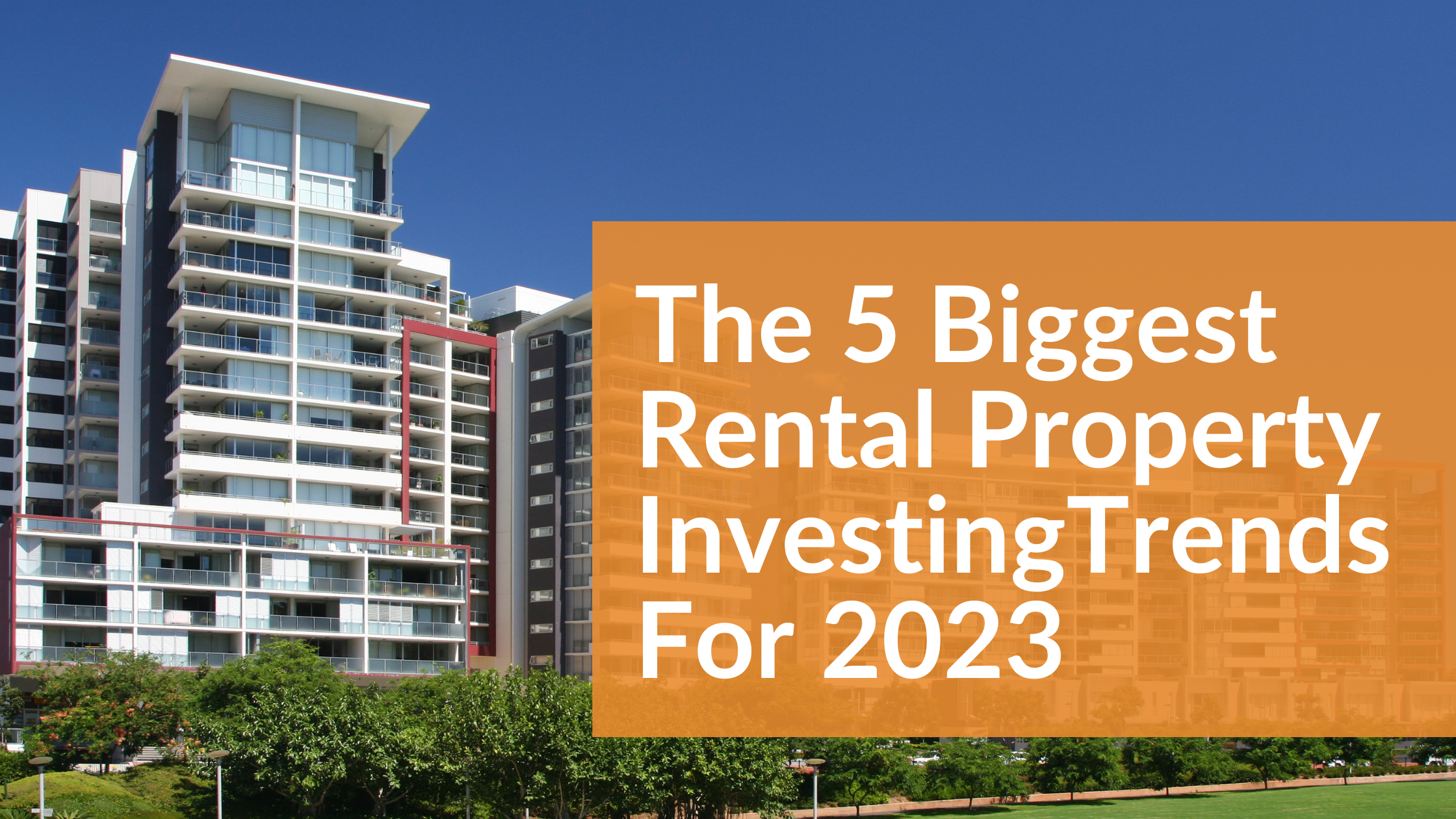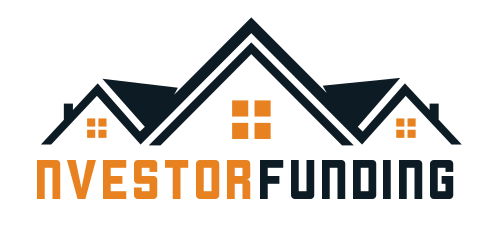The 5 Biggest Rental Property Investing Trends For 2023

In the last several years, the rental housing market has been hit by a succession of crises that have affected the whole real estate industry. Investors' attitudes and behaviors have been influenced by a number of factors, including the COVID-19 epidemic, the hottest housing market in decades, and the recent spike in mortgage interest rates. However, the real estate market appears to be leveling out, which bodes well for anybody thinking about purchasing rental property in the future months.
Keeping this in mind, let's examine the top five developments that will likely shape the year 2023.
1. The Vacation Rental Market Is Back
Although the vacation rental business was severely impacted by the epidemic, the downturn was brief and the market has begun to rebound. It is anticipated that the upswing would persist during the latter months of 2022. By 2023, experts predict that short-term rentals will once again outperform their long-term counterparts in terms of revenue.
Most promising is people's increased willingness to take trips again. In April 2022, monthly travel spending in the United States topped the pre-pandemic level (April 2019) by 3 percent. Leases that are less than a year have a close relationship to vacationing. This implies that once tourism picks up again, demand for Airbnb-style rental units will rise, leading to higher daily prices and better ROI.
This technique for renting out homes is most successful in areas where Airbnb is widely used. Mashvisor, a firm that analyzes real estate data, found that in the summer of 2022, Portland, Oregon (67.5%), Seattle, Washington (67.4%), Tucson, Arizona (67.3%), and San Francisco, California (66.9%) had the highest Airbnb occupancy rates in the United States.
2. Secondary and tertiary markets have increased demand.
The expansion of locally focused markets is the second 2023 development in the rental property investment business. The widespread use of remote work as a result of the pandemic had a significant impact on the housing market. The tremendous shift from key markets like New York, Los Angeles, Boston, and Chicago to secondary and tertiary areas represents one of the most important shifts to keep in mind as an investor.
It is anticipated that many companies would maintain their work-from-home policy, which will keep driving business to smaller markets through at least 2023. It's no secret that city dwellers and those with families often choose the quiet and safety of rural and suburban communities. Investors can capitalize on the fact that some people will want to rent rather than buy a property.
The demand for long-term rentals is stronger and the returns are greater in niche sectors. Less expensive property in such areas is a major draw for first-time investors.
3. Interest in Airbnb's long-term rental options continues to rise.
The worldwide pandemic has also sparked the development of a hybrid rental strategy that combines the advantages of investing in both short-term and long-term rentals. The demand for short-term lodging by professionals like traveling nurses has led to an increase in the number of long-term Airbnb rentals, often known as furnished apartments.
Investors should expect a larger return on their money thanks to the consistent and reliable income from the rent that this approach delivers, in comparison to the riskier returns from short-term or holiday rentals. The sum represents an improved rate of return on capital.
More and more individuals will be working remotely and vacationing abroad for prolonged periods in 2023, both of which will contribute to the rising demand for furnished monthly rentals.
4. Fractional Shares of Rental Properties Grow
Fractional investment in real estate has been a big trend in recent years. This change is not due to the epidemic but to technology. The emergence of real estate crowdfunding platforms like Fundrise, Realty Mogul, and Crowdstreet has made it possible for many individuals to share in the ownership of commercial and industrial buildings as well as single units.
While there are many upsides to investing in rental properties, two of the most significant are the low entry price and the low level of involvement required. Investing in real estate on a fractional basis is predicted to increase in 2023 and beyond as a result of technological developments in the sector.
5. Developments in Technology
In closing, we cannot analyze 2023 trends in rental property investing without addressing the impact of technology. Throughout the whole investing process, from the initial search for promising investment prospects to the final management of both short-term and long-term rental properties, investors will continue to rely heavily on cutting-edge technology.
In the next years, both established proptech firms and new entrants will emerge to serve the demands of real estate investors, streamlining and enriching the industry as a whole.
The rental market is anticipated to maintain its historically high level of activity into 2023. If investors take the time to study the market, employ accurate information and keep up with the latest news and projections, they will find a wide variety of promising investment prospects. Hopefully, you'll be able to use the five patterns we've discussed here to make educated, lucrative financial decisions.
What are your thoughts on rental trends heading into 2023? Let us know in the comments below!


.png)